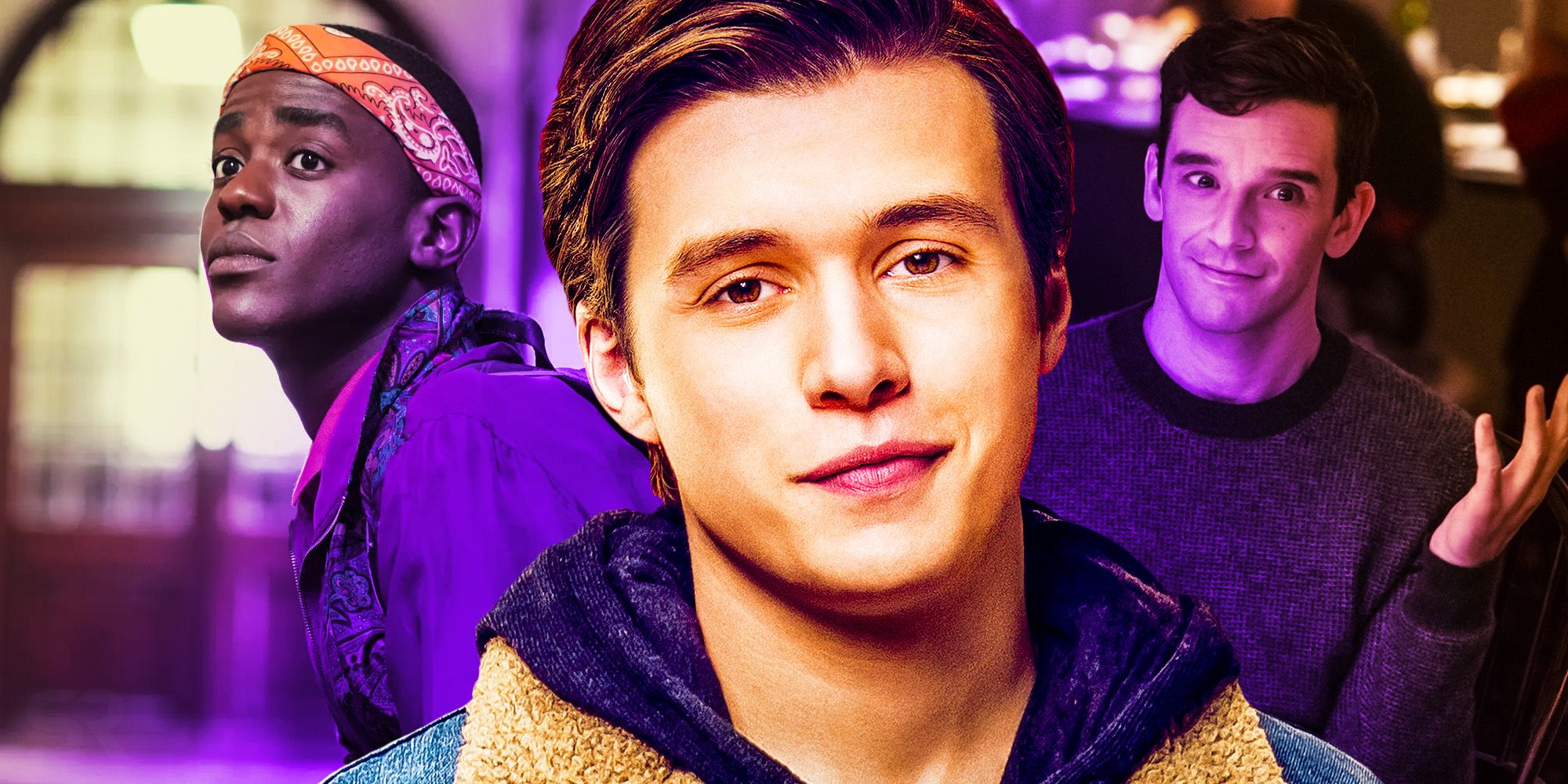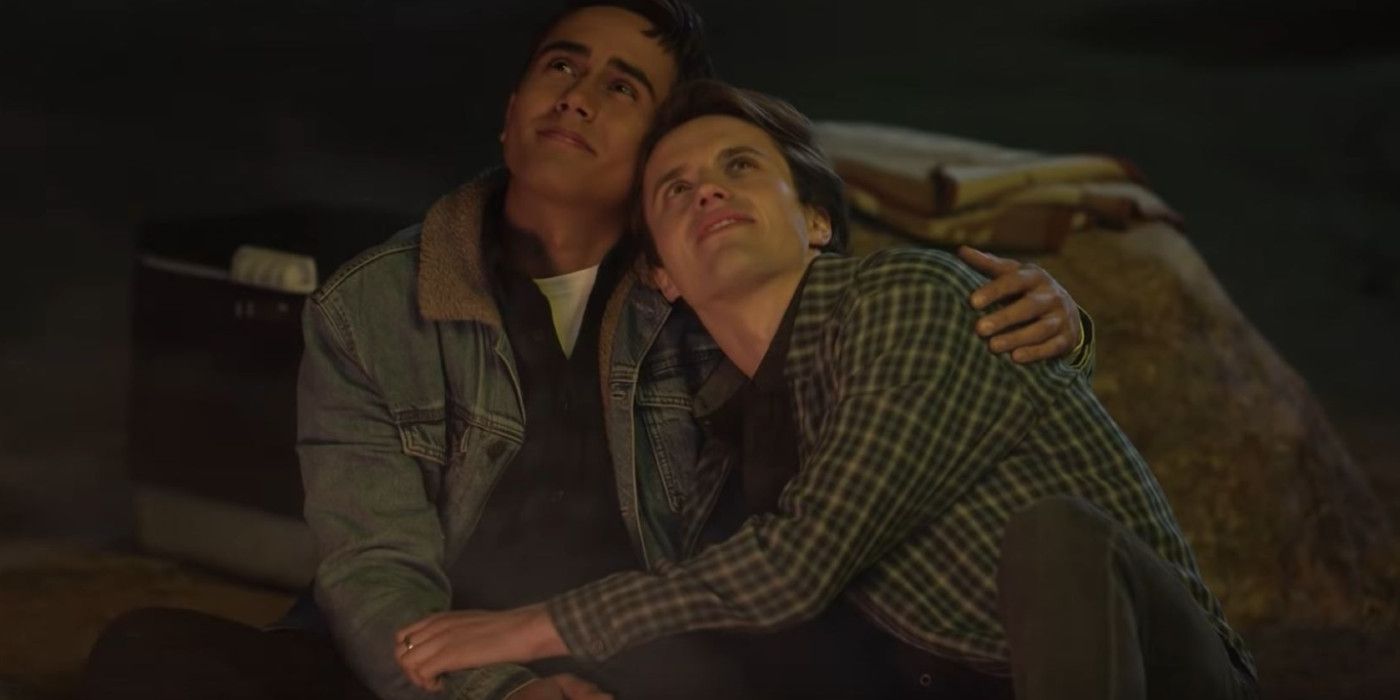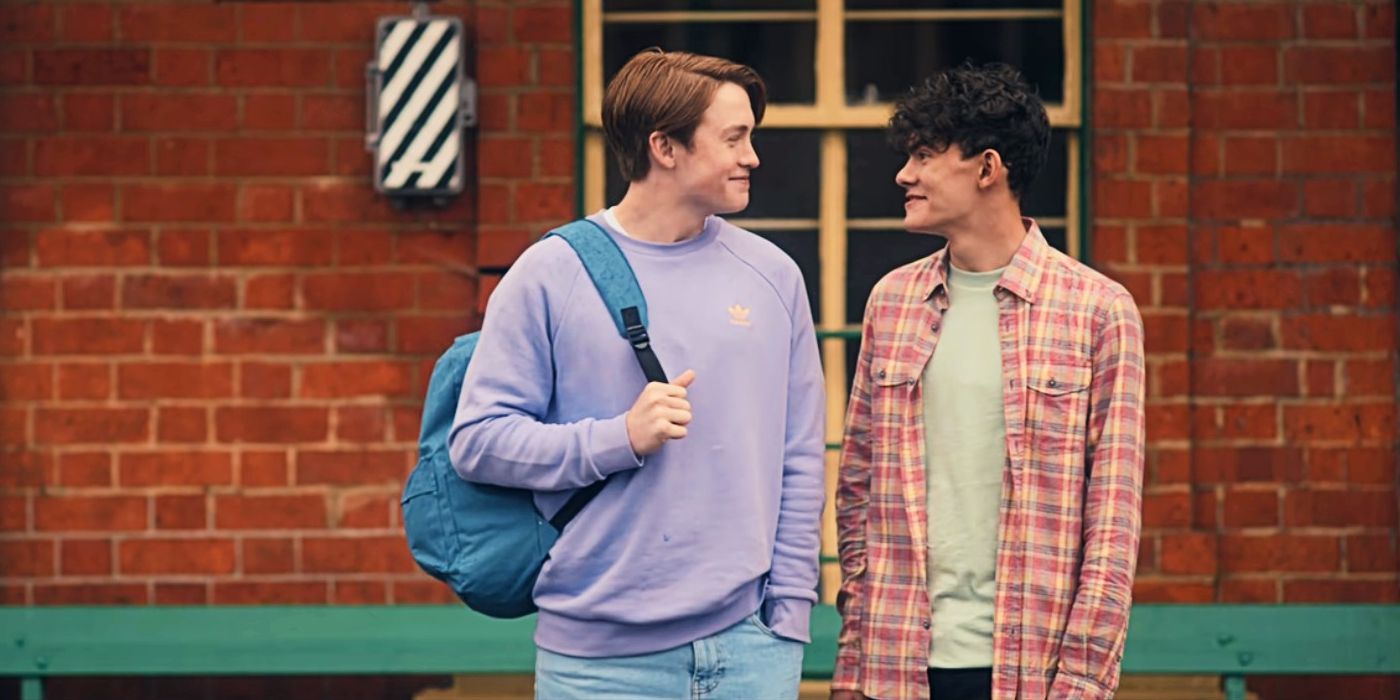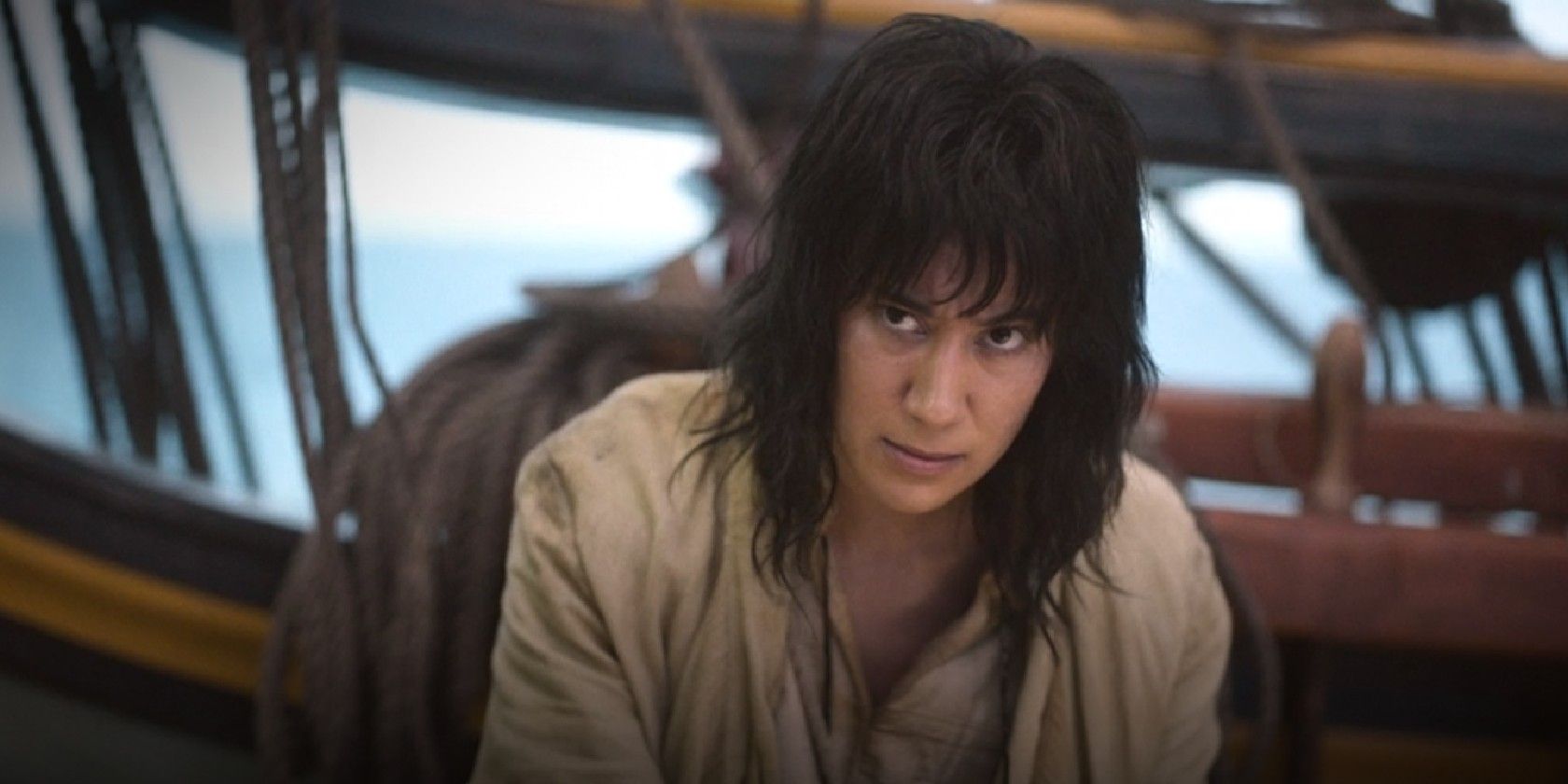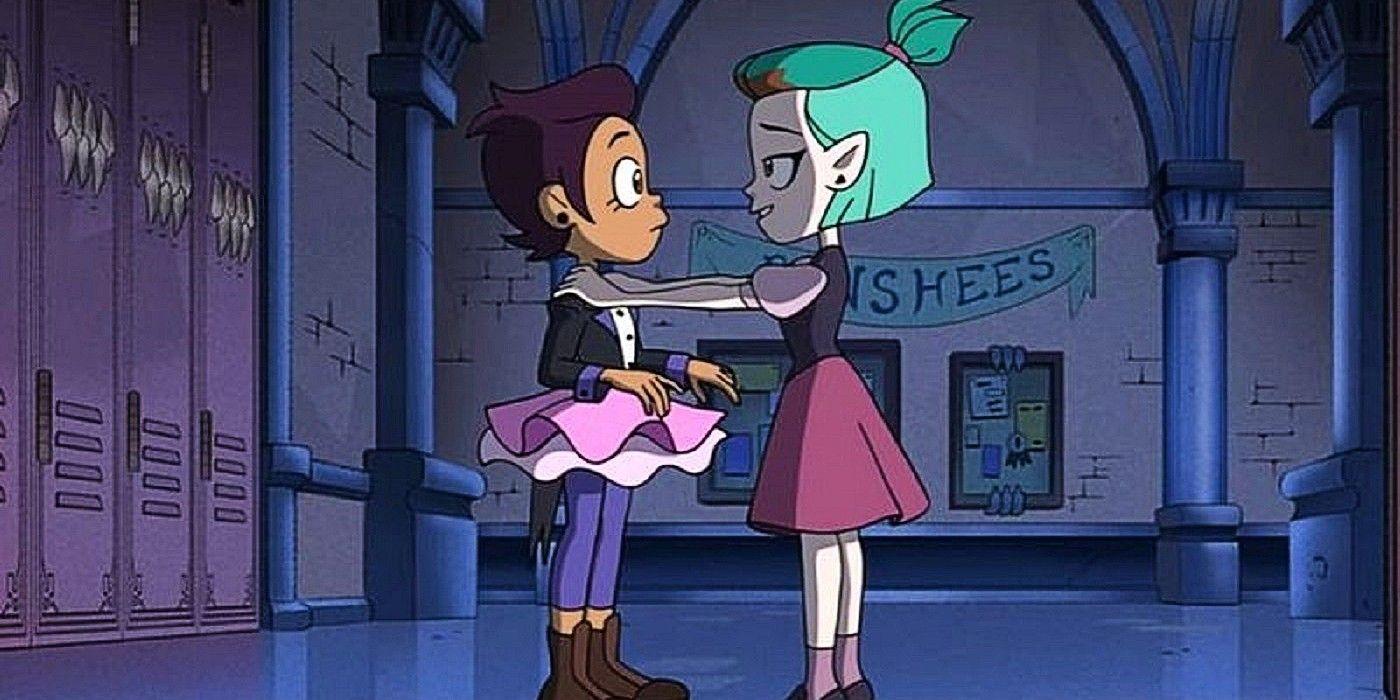Content Warning: This article discusses mental health and suicide.
There may be more queer characters than ever before, but improving LGBTQ+ representation remains just as important in media. Despite exciting milestones like the first lead LGBTQ+ Disney character in The Owl House and the first on-screen trans hero in Supergirl, queer characters remain comparatively rare. It's still an unfortunately uncommon occurrence whenever queerness is authentically shown in movies or television.
Early depictions of LGBTQ+ characters were never openly queer, but simply queer-coded for comedic or threatening purposes. Many Disney villains fall under this category, often displaying characteristics considered stereotypically queer in order to better paint them as different from the heroes. When openly LGBTQ+ characters were finally able to tell their own stories, they not only remained few and far between, but were usually tragic, like with Brokeback Mountain. LGBTQ+ characters have only recently begun celebrating their own happy endings in media, even as the majority remained single, minor side characters, or killed off far too soon.
Yet, some viewers still voice skepticism whenever they encounter a queer character in media. It is all too common to hear people criticize the inclusion of LGBTQ+ characters and stories as forced, irrelevant to the story, or simply playing political games. However, the inclusion of these characters and stories is crucial in films and TV: here's why LGBTQ+ representation in media is so important.
Acceptance In Media Can Combat Real Life Prejudice
Prejudice against the LGBTQ+ community can have terrible effects on those it targets, especially queer youth. A 2021 national survey by The Trevor Project, a crisis prevention organization for the LGBTQ+ community, reported that 42 percent of LGBTQ+ youth seriously considered attempting suicide in the past year, and 94 percent stated that recent politics had negatively affected their mental health. In the United States alone, more than 300 anti-LGBTQ+ bills have already been introduced in 2022, many of which specifically target trans youth. Amit Paley, the CEO of The Trevor Project, said in an interview (via TheSkimm):
"[The outcome of this legislation] is to create fear among educators, among young people, and among families and parents to talk about who they are as LGBTQ people and to censor educators and students on talking about issues. And in some cases, even the existence of LGBTQ people."
These legislative efforts seek to erase the experiences of LGBTQ+ people, making queer representation all the more important. Media can help draw attention to the ways in which such measures affect an already marginalized group, facilitating discussions on a legislative level as well as a more personal one. Seeing queer characters and conflicts on screen can be a way for communities and families to better understand the experiences of LGBTQ+ people in their own lives, and help kickstart important conversations. As legislation attempts to stifle LGBTQ+ voices, representation on screen can help to represent the real world as it is, including queer identities, and aid people in understanding that LGBTQ+ exist and simply want a place in the world. Media should shine a light on these issues, not ignore them. It's easy for someone to feel othered when the only times they're discussed or shown in media is as the villain of a story, and such a portrayal can influence how the rest of the world views queerness as well.
Poor LGBTQ+ Representation Worsens Stereotypes
Poor LGBTQ+ representation worsens stereotypes. If media only ever shows one kind of queer person, then viewers may only associate queerness with that specific portrayal and ignore any instance that doesn't fit that mold. Bisexual people are often misrepresented for this reason, since TV shows and movies repeatedly portray them as being more prone to cheat, or just confused about their sexualities. One infamous example is in the TV show Glee, during which Kurt abruptly dismissed Blaine's attempts to come out as bi. It's easy to misunderstand a label if the only examples of it available in media are bad ones. Netflix's Heartstopper, on the other hand, provided a more thoughtful and accurate portrayal of bisexuality with Nick's coming out. The series made sure to emphasize what his orientation meant to him. Bi-erasure is a huge issue even within the LGBTQ+ community and is just one example of the negative stereotypes that can be exacerbated by poor representation in TV and films. Including positive moments and discussions, as with Netflix's Heartstopper series, can help audiences who may not comprehend a loved one's identity or experience, as well as anyone struggling to understand their own identity.
Queer Media Representation Shows People They're Not Alone
It can be an incredibly isolating experience for someone to question their sexuality or gender identity, but queer media representation shows them that they're not alone. A person may not realize that others have gone through something similar to themselves, or even that their experience has a name. Being able to recognize what they have gone through on-screen, perhaps without ever having tried to put it in words before, can be an incredibly liberating experience. This is especially true for less visible or understood labels such as asexuality or nonbinary gender identities. Many asexual people have grown up believing there was something wrong with them without ever understanding why, and there are unfortunately very few instances of good ace representation in media where the label is explicitly stated and explained. In DC's Legends of Tomorrow, one character recently came out as asexual after spending her whole life not understanding why she felt the way she did. Nonbinary characters can be similarly difficult to find in media — even though shows such as The Owl House and Our Flag Means Death are helping correct this — resulting in plenty of people growing up without ever having heard the term, let alone realizing it may apply to them.
LGBTQ+ Audiences Deserve To Feel Seen
Everyone should get a chance to see themselves on screen. More diverse media not only better reflects real life, it can also lead to more interesting stories by incorporating different kinds of characters, experiences, and conflicts. This is true for all kinds of characters, but queer content often faces even greater difficulty just making it on screen. The Owl House, which has been celebrated for its portrayal of a same-sex couple as well as its nonbinary character, has also come under scrutiny for the circumstances surrounding its cancellation. Many viewers, as well as the show's creator, have speculated that Disney's decision to end the series was related to its positive portrayals of queer characters and relationships, and it follows similar issues that shows like Steven Universe faced with some episodes being censored at times. Both Eternals and Doctor Strange in the Multiverse of Madness were also banned in many places for their LGBTQ+ content, preventing many audiences from seeing a normalized depiction of a queer family. It is sad that the inclusion of LGBTQ+ characters on-screen is still regularly headline-making news when these queer identities are just a part of the real world and representing them should be a simple expectation. Queer audiences deserve to feel seen, and it shouldn't be a big deal when they are.
Want more LGBTQ+ Content? Check out our essential reading below...
- The MCU's X-Men Can Fix Marvels Representation Problem
- Is Priya Queer? Turning Red May Have Pixar's 2nd LGBTQ+ Character
- Star Wars Is Fixing Rise Of Skywalker's LGBTQ+ Mistake
- James Gunn Just Confirmed The DCEU's First Queer Superhero
- Frozen 3 Should Make Elsa's LGBTQ Identity Canon (But Not With A Partner)
- Ben Whishaw Is Right About Q’s LGBTQ Nod In No Time To Die
- Star Trek: A Queer History Of The Franchise
- Best LGBTQ+ TV Shows On Amazon Prime Right Now
- Best LGBTQ+ Movies On Amazon Prime Right Now
- Best LGBTQ TV Shows On Netflix Right Now
- Best LGBTQ+ Movies On Netflix Right Now

